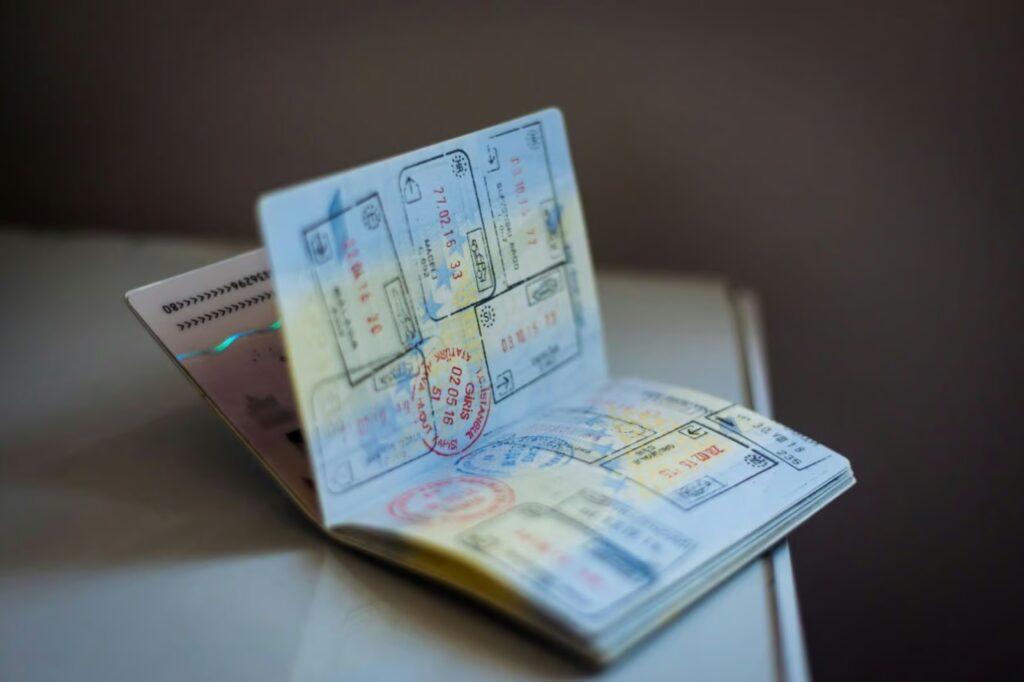
Exploring the Advantages and Challenges of a Unified Visa for Regions
This article delves into the potential benefits and drawbacks of implementing a regional unified visa system, inspired by global practices such as the EU's Schengen Visa.
Exploring the Advantages and Challenges of a Unified Visa for Regions
The idea of a unified visa isn’t a novel concept, as it has been implemented by the European Union (EU) for decades, benefiting member nations.
Recently, the Philippines backed the proposal for a unified ASEAN Visa heralded by the Thai government in 2024, prompting a review of what such a visa would entail for both tourism and economic stimulation across participating regions.
What is a Unified Visa?
A unified visa is a travel document that permits entry into multiple countries within a designated region. It removes the hassle of applying for separate visas, allowing easier access to selected neighboring countries.
One prime example is the EU’s Schengen Visa, introduced in 1995, which enables travelers to transit through various Schengen Agreement countries with just one visa.
Similar principles are set to underlie the forthcoming GCC Grand Tours Visa and the anticipated ASEAN Unified Visa.
Benefits of a Unified Visa for Regions
Examining the potential advantages a unified visa could bring, particularly regarding the GCC’s upcoming Grand Tours program, reveals numerous expected benefits:
-
Enhanced Economic Impact Through Tourism
The introduction of the visa is anticipated to attract more tourists, resulting in increased local spending and job opportunities, benefiting the hospitality and service sectors significantly.
-
Promotion of Cultural Exchange via Multi-Border Access
Increased tourism fosters interactions between visitors and local communities, enhancing mutual understanding and appreciation of regional culture and heritage.
Travelers would also experience:
- Seamless travel across multiple nations: Enjoying border crossings with just one visa.
- Simplified application processes: Reducing documentation to a single form, often manageable online.
- Cost-effective traveling: Minimizing expenses through fewer visa applications, allocating resources for personal travel enjoyment.
Disadvantages of a Unified Visa
However, with benefits come challenges. Key drawbacks of a unified visa might include:
- Unresolved Security Issues and Differing Protocols: Addressing disparate security policies is crucial given the potential for political unrest among certain member nations.
- Data Sharing and Immigration Control Concerns: Successful implementation necessitates comprehensive data sharing—a challenge due to varying privacy laws.
- Investment Costs: Setting up a unified visa necessitates significant funding for technological and infrastructural improvements, which could be problematic for economically unstable regions.
- Complicated Processes: Establishing a unified visa involves considerable governmental coordination on legal and operational frameworks, a time-consuming endeavor.
Despite these potential drawbacks, the long-term benefits of a unified visa system might substantially outweigh challenges, leading to improved economic conditions and cultural exchanges among member nations.
